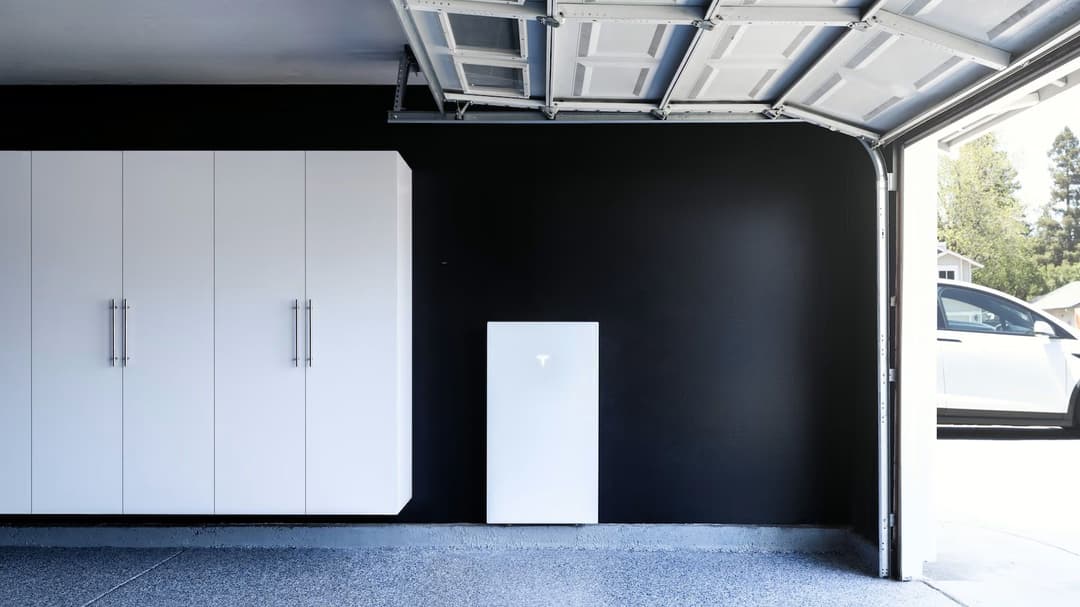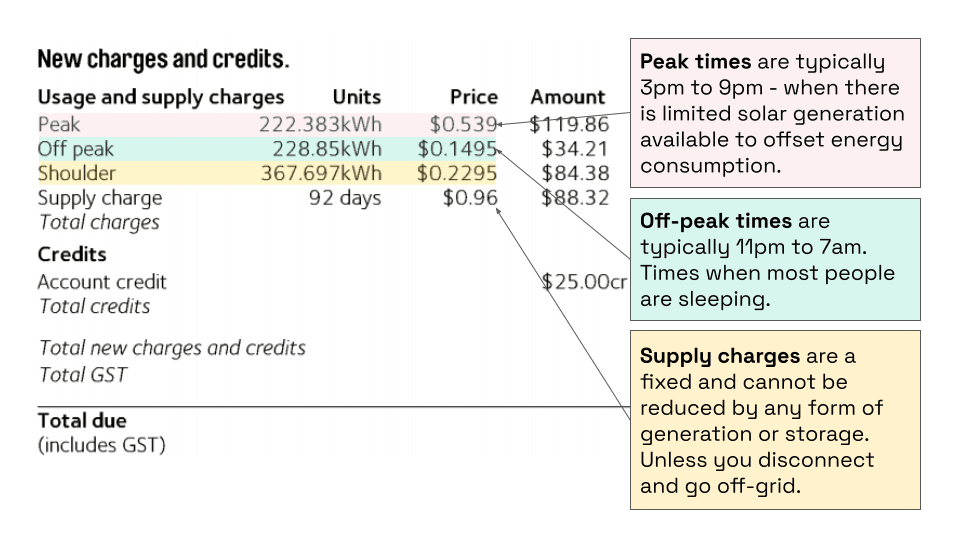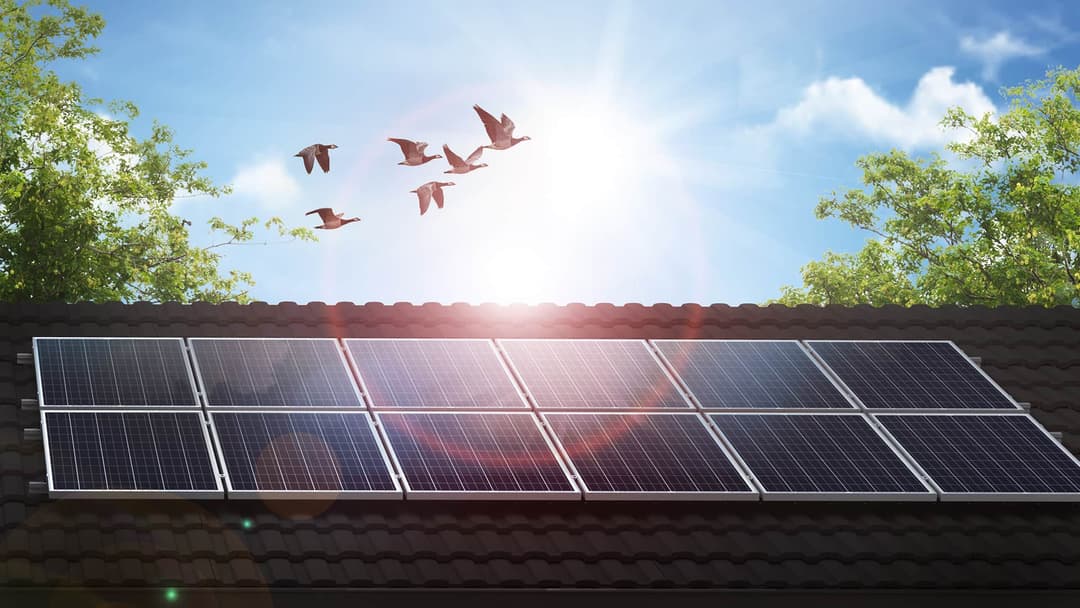
With the Australian Government's new $2.3 billion Household Battery Pledge slashing upfront costs of batteries by 30%, 2025 could be the year home batteries shift from an expensive green technology to a smart investment.
Will government incentives, falling battery prices and shifting energy tariffs add up to long-term savings or will it leave households stranded with outdated tech? We crunch the numbers behind the hype to reveal whether jumping on the battery bandwagon now is a financial win or a costly gamble.
In this comprehensive guide, using real-world data and pricing, we’ll answer the most common questions:
- How do home solar batteries work?
- Are home solar batteries worth It?
- When is the right time to buy a home solar battery?

Read More ➡️ Does a Tesla Powerwall Make Financial Sense?
How Home Solar Batteries Save You Money
You’ve installed solar panels, you're now you're wondering “what about a home solar battery?”, “Do they make financial sense?”.
Like solar, consumers will have different reasons as to why they'll purchase a battery: energy independence, environmental and financial – with the latter the most difficult to decipher.
Batteries reduce your electricity bill by charging when energy is cheap and discharging when it is expensive. This is known as load shifting.

Figure 1 – AGL time of use electricity bill example
To demonstrate how load shifting works, we’ll look at a typical residential electricity bill (figure 1) with a time of use tariff. It comprises:
1. Supply charges (cost of getting electricity to your home); and
2. Usage charges (energy you consume).
Usage chargers makes up the significant majority of your electricity bill, and is where solar and batteries have the most impact.
Batteries can be configured to charge when energy is cheap (off-peak or via solar which is notionally ‘free’) and discharge when energy is expensive (peak times).
The more expensive the energy offset with the lowest cost of charging, the greater the savings.
The other key consideration when assessing the financial case for batteries is the upfront cost.
This is important when assessing the payback period (no. of years for energy savings to repay the cost of the battery).
The case study below will look at the financial case for a solar and battery system by reviewing both the energy savings and system costs.

Are Home Solar Batteries Worth It?

One of the biggest concerns for homeowners considering solar batteries is whether or not they are worth the investment. While the upfront cost of a solar battery system can be high, the energy savings could make it a worthwhile investment.
To illustrate whether a solar home battery system makes financial sense, we’ll look at a customer profile that best reflects:
1. The average energy user; and
2. A common system configuration.
In this case we've modeled the energy consumption (double peak) of a Sydney-based family comprising a working couple and two school-age children.
How a solar battery works
In this example (figure 3), the battery system employs load shifting to reduce the electricity bill. The battery is primarily charged via solar with off-peak grid charging used where it was economically sensible. Key ‘qualitative’ benefits generated by the system include the:
- Overall grid energy was reduced by 71% (refer figure 4 below)
- Almost all peak-hour load was eliminated with the remaining load being mainly early morning (off-peak)
- Carbon offset equates to taking 2.2 cars off the road annually
Analysing the financials: cost, savings and returns
The table below summarises the ideal scenario to maximise the financial case for a battery.
In assessing the financial case for a battery, we have modeled a 13.3 kWh Alpha ESS battery, which is similar in size to the popular Tesla Powerwall 2 (13.5 kWh), however the Alpha ESS retails for much cheaper at ~$10,000 installed (without rebate) or ~$7,700 (with the 30% rebate). By comparison, the Powerwall 3 retails for ~$15,000 installed.
As expected, the solar system generates the fastest payback from savings at 3.8 years.
On a stand-alone basis, the payback period of the Alpha ESS battery is 7.2 years which falls outside the 5-year product warranty but falls well within the 10-year performance warranty. (figure 5).
When running the Tesla Powerwall 3 through the same model, the payback falls outside both the 10-year warranty but within the 15-year operating life of the battery. This means the savings from the battery are insufficient to recover the initial capital cost within the respective timeframes.
As you can see the price of the battery is the most significant factor in your return on investment.
On a combined system basis (solar and batteries together), the payback is very attractive at 5.6 years.
This is well within the payback periods (five to seven years), which saw residential solar installations take off.
Today, there are over 4 million solar rooftop installations in Australia, with 1 in 3 homes now having rooftop solar.
While the figures in this case study reflect a specific scenario, the analysis will be relevant to many residential use cases.
Another way of looking at financial returns
Do batteries make financial sense? It depends.
Another way of viewing the financial case for batteries is by comparing it to other types of common investments.
At current energy prices, the returns on a subsidised battery exceed the long term returns on all major asset classes. As energy prices continue to increase, this will improve the reltive returns a battery will generate.
From the numbers we are seeing, there is a strong financial case for refinancing your home to purchase a solar system, batteries, or both!
When viewed from this perspective, the case for purchasing a battery starts to look compelling.
With generous government rebates on the horizon, the financial case for batteries has never looked stronger. Furthermore, many buyers are also buying batteries for its other benefits such as backup power (for blackouts and outages) and reducing one’s carbon footprint.

How Much Does a Solar Battery Add to House Value?

How does a solar battery increase a home's value?
A solar battery system can increase a home's value to the market in three ways:
1. They can substantially reduce a household's annual electricity bill. In the above example, the electricity bill was reduced by almost $2,000 per annum.
2. They can reduce your reliance on the grid and can be set up to provide backup power. The inconvenience and financial cost of a power outage can be significant.
3. Homes with solar battery systems installed will appeal to buyers who are becoming increasingly environmentally conscious. In the previous example, reliance on the grid was reduced by nearly 80%. In a survey conducted by Origin Energy, "57% of homeowners saying they would pay up to $10,000 more for a home equipped with solar, and 60% would pay at least that much more for a home with both".
How much does a solar battery add to a home's value?
Research from Domain reveals that the investment often pays off as homes with solar installed are valued on average $125,000 higher than those without. Given the average home solar battery system costs between $15,000 to $20,000, this is another financial reason to consider installing a system.
The Future of Solar Batteries and Home Energy
Falling battery prices
While the financial case for batteries is already looking quite attractive, further declines in battery prices should continue to push prices down.
Battery prices have fallen by as much as 89% in the last decade and will continue to fall.

The other key factor to consider is the increasing difference in off-peak and peak energy prices. As more solar generation comes online, this may have the affect of pushing down peak/shoulder energy prices but increasing peak prices (when the sun) isn't shining.
When is the right time to buy a battery?
So, when will the financial case for batteries 'stack up' like it does for solar today? We believe it does in most cases.
If you combine existing state-based incentives with the federal government's proposed 30% battery rebate, it is hard to argue against the financial case for a battery.
Emerging alternatives
2025 is set to become the year V2H and V2G become a reality for Australian households, with several bidirectional chargers expected to launch later this year.
Bi-directional charging with EVs enables vehicle to the grid (V2G) services which in turn enable the use of your electric car to function as a battery storage system.
➡️MORE: When is V2G Really Coming to Australia? An Energy Insider's Take
This potentially provides the same utility value as a stationary battery.
Given electric vehicle batteries are three to five times larger than stationary batteries and the fact that cars remain unutilised 95 per cent of the time, it poses the question: would your money be better spent towards an EV?
In future stories, we will explore the emerging utility value of electric cars where they will provide services across transport, energy storage, and the electricity grid.
Frequently Asked Questions
About the author
Stay up to date with the latest EV news
- Get the latest news and update
- New EV model releases
- Get money savings-deal

